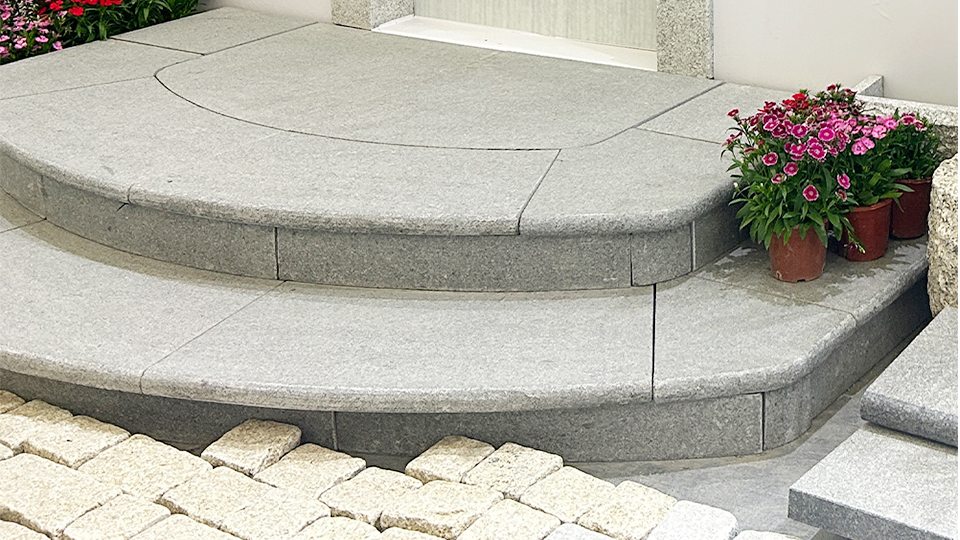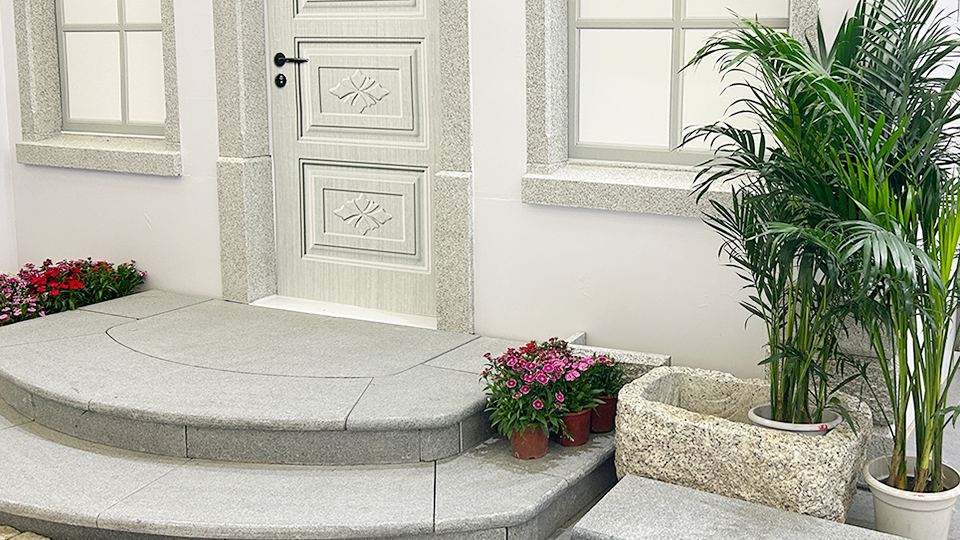

The satisfying thud of billiard balls colliding, the smooth roll across the felt, the solid construction that withstands countless games – these are hallmarks of a quality pool table, and often, the presence of a slate playing surface is a key indicator. Unlike cheaper alternatives like MDF (Medium-Density Fiberboard) or wood, slate provides an unparalleled level and consistent playing field, resistant to warping and offering superior ball response. However, this superior performance comes with a significant trade-off: weight. Understanding just how much a slate pool table weighs is crucial for anyone considering purchasing, moving, or installing one, as it impacts everything from floor support to the logistics of transportation. This technical article will delve into the factors that contribute to the considerable weight of a slate pool table, provide typical weight ranges for different sizes, and discuss the implications of this heft.

Three-Piece Slate: The majority of modern, high-quality home and even some commercial pool tables utilize a three-piece slate design. This configuration consists of two matching rectangular pieces for the longer sections of the table and a smaller piece for the head string area. While requiring precise leveling and seaming during installation, three-piece slate is significantly easier to transport and handle due to the reduced weight and size of each individual piece. However, the total weight of the three pieces combined still contributes substantially to the overall table weight.

While the slate bed is the primary source of weight, the underlying frame and legs of a slate pool table also contribute significantly to its overall mass. These components are built to be robust and stable enough to support the heavy slate and withstand the forces exerted during gameplay.
The substantial mass provides exceptional stability, minimizing vibrations and ensuring a consistent and accurate ball roll. This is a key reason why serious players prefer slate over lighter alternatives.
VI. Conclusion: A Heavy Price for Superior Play
In conclusion, a slate pool table weighs a considerable amount, primarily due to the dense slate bed and the robust supporting frame required to handle its heft. Weights typically range from 500-700 pounds for a 6-foot table to 1,000-1,500 pounds or more for a 9-foot table. While this weight presents challenges for transportation and installation, it is a fundamental aspect of the superior stability and playing experience that slate provides. Understanding the weight of a slate pool table is a crucial factor in the purchasing decision, ensuring that the location can support it and that proper arrangements can be made for its delivery and setup. Ultimately, for serious billiard enthusiasts, the heavy burden of a slate pool table is a worthwhile price to pay for the unparalleled quality of play it offers.
Name: selena
Mobile:8613176910558
Tel:86-13176910558
Whatsapp:8619323167067
Email:409284553@qq.com
Add:Laizhou ,Shandong , Shandong Province, China